In an earlier post, we discussed the facts on Proteins and Dietary Nutrition, the proteins benefits and recommended sources, as well as their recommended daily intake from dietary sources. Among many diverse dietary sources of proteins, is the protein derived from plants (non-animal proteins).
Plant proteins can be obtained from a variety of sources including: Legumes (beans, lentils, soybeans), Grains (rice, quinoa, wheat, oats), Nuts (walnuts, macadamia, pistachio, hazelnuts, etc.), Seeds (chia seeds, flax seeds, pumpkin seeds, etc.), as well as other vegetables as less significant sources of plant proteins.
Plant Proteins and Amino Acid Profile
Proteins, in general, are made up of building blocks called amino acids. In other words, many amino acids need to be put together to form a complex molecule which we call protein. As explained in our earlier post covering proteins, there are 20 different amino acids that are needed to synthesize proteins in the human body. Nine (9) of these amino acids are essential amino acids (EAA) since our body can not make them and we need to receive them from dietary sources. Therefore, the amount of EAAs in a protein is a very important factor determining its quality and dietary value. The higher the content of the EAA in a protein, the better it is as dietary protein choice in terms of health and muscle building and muscle retention. Sometimes, a protein may not contain all 20 amino acids that are needed to form proteins in our body. In that case, dietary protein should be supplemented with another type of proteins that contain all amino acids, with a higher emphasis on the EAAs.
It has been a common belief that plant proteins do not contain all vital amino acids. Research has shown that the concentrations of amino acids in plant proteins are slightly different from those in animal-based proteins (such as whey protein). The comparison of whey protein with some of the common plant protein amino profiles show that the lower anabolic properties of the plant proteins can be attributed, in part, to the lesser content of leucine, lysine, and methionine amino acids in plant-based protein sources, as investigated by WHO/FAO/UNU Expert Consultation . According to WHO/FAO/NUN report, the recommended dose of each of the amino acid for adults per kg of body weight per day is shown in Table 1 below
Table 1. Adult Essential Amino Acid Requirements (mg per Kg of body weight per day)
| Amino Acid | mg/kg per day |
| Histidine | 10 |
| Isoleucine | 20 |
| Leucine | 39 |
| Lysine | 30 |
| Methionine + cysteine | 15 |
| Phenylalanine + tyrosine | 25 |
| Threonine | 15 |
| Tryptophan | 4 |
| Valine | 26 |
Many scientific studies such as that by Mariotti et al and researchers at UCLA demonstrated that majority of plant proteins contain all 20 amino acids that the human body needs. Therefore, the plant protein amino acid profile (the amount of each amino acid) is sufficient for our body to have all it needs to function efficiently and supply our body with required amino acids.
Table 2 below shows the amino acid content (in %) of four selected protein sources, comparatively. These proteins consist of three plant proteins (Pea, Brown Rice and Soy proteins) as well as whey protein. The data in Table 2 indicates the percentage of each amino acid in the selected four (4) protein sources. It is clearly seen that the amino acid distribution in plant proteins are similar to that of the Whey protein except in 6 amino acids (Leucine, Lysine, Methionine, Cysteine, Threonine and Tryptophan – highlighted in red in Table 2). Five of these amino acids are essential amino acids, therefore, the plant protein do offer lower essential amino acids compared to animal-based proteins (36 % for whey protein vs. 23% for plant protein) This is particularly the reason the literature has suggested that the plant proteins may not offer the same benefits in muscle building and protein synthesis as animal-based proteins.
Table 2. Amino Acid content (in %) of four selected protein sources.
| Amino Acid | % in Whey Protein | % in Plant Protein | ||
| Pea | Brown Rice | Soy | ||
| ESSENTIAL AMINO ACIDS (EAA) | ||||
| Leucine | 8.6 | 5.7 | 5.8 | 5.0 |
| Isoleucine | 3.8 | 2.3 | 2.0 | 1.9 |
| Valine | 3.5 | 2.7 | 2.8 | 2.2 |
| Lysine | 7.1 | 4.7 | 1.9 | 3.4 |
| Methionine | 1.8 | 0.3 | 2.0 | 0.3 |
| Phenylalanine | 2.5 | 3.7 | 3.7 | 3.2 |
| Threonine | 5.4 | 2.5 | 2.3 | 2.3 |
| Tryptophan | 2.1 | 1.0 | 1.4 | 1.3 |
| Histidine | 1.4 | 1.6 | 1.5 | 1.5 |
| Total EAA | 36.2 | 24.5 | 23.4 | 21.1 |
| NON-ESSENTIAL AMINO ACIDS (NEAA) | ||||
| Alanine | 4.2 | 3.2 | 4.3 | 2.8 |
| Arginine | 1.7 | 5.9 | 5.4 | 4.8 |
| Aspartic Acid | 11.3 | 11.5 | 8.7 | 11.5 |
| Cysteine | 0.8 | 0.2 | 0.6 | 0.2 |
| Glutamic Acid | 15.5 | 12.9 | 12.7 | 12.4 |
| Glycine | 1.5 | 2.8 | 3.4 | 2.7 |
| Proline | 4.8 | 3.1 | 3.4 | 3.3 |
| Serine | 4.0 | 3.6 | 3.4 | 3.4 |
| Tyrosine | 2.4 | 2.6 | 3.5 | 2.2 |
| Total NEAA | 46.2 | 45.8 | 45.4 | 43.3 |
Figure 1 shows the percentage of essential amino acids (EAA) in various types of proteins. For Comparison, Figure 1 below also shows the EAA contained within the human skeletal muscle as well. The lower content of EAA compared to Whey and other animal-based protein indicates that you would have to consume more of the plant protein in order to get the same amount of EAA. Please be aware that the data presented in Figure 1 represents the EAA content within plant-based protein raw materials, rather than encompassing the entire plants themselves.

Figure 1: White bars show the average EAA content (% of the total protein) for plant proteins. Gray bars represent the average EAA content (% of the total protein) for animal-based proteins. Black bar, shows the EAA content (% of the total protein) in human skeletal muscle.
Given all the controversial information on the proteins from plant based sources, the question that remains is: why are plant based proteins recommended and what are their advantages?
What are the advantages of Plant Proteins?
Although plant proteins contain lower amounts of essential amino acids (EAA), there are many advantages that clearly justify their promotion and consumption as a main source of dietary supplement. Let’s discuss these advantages briefly:
Plant proteins are usually associated with lower content of saturated fats. We have discussed earlier that saturated fats are unanimously believed to be linked to higher low density lipoproteins (LDLs) which is a marker of cardiovascular health. Therefore getting more of our daily protein from plant based sources can be linked to lower risk of cardiovascular disease and improved heart health.
The phytochemicals contained in plant based proteins offer many advantages for the human body. The higher content of fiber and antioxidants and less sugar in the plants are known to lower the rate of cancer cells and prevent the occurrence of cancer in the human body. The plant based diet is also known to lower the risk of stroke.
While animal-based proteins have been associated with an increase in insulin resistance, the consumption of plant based protein has been proven to improve insulin sensitivity (and lower insulin resistivity). This means that using plant-based protein with no added sugar is highly recommended for individuals who are insulin resistant, pre-diabetic, or have a genetic susceptibility to diabetes and insulin resistivity in general.
Disclaimer: Nutritional requirements can vary for each individual, and dietary recommendations must be tailored to individual health conditions and needs. For personalized dietary guidance, it is advisable to consult a healthcare professional, especially if you have specific medical conditions.
References:
1- https://pubmed.ncbi.nlm.nih.gov/18330140/
2- https://www.ncbi.nlm.nih.gov/pmc/articles/PMC6893534/pdf/nutrients-11-02661.pdf
4- https://www.ncbi.nlm.nih.gov/pmc/articles/PMC6245118/
5- https://apps.who.int/iris/bitstream/handle/10665/43411/WHO_TRS_935_eng.pdf
-
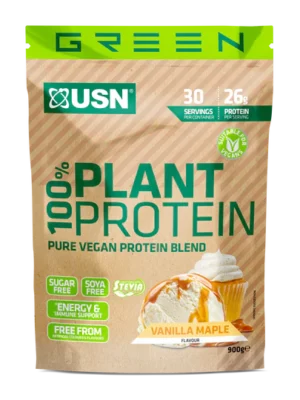 Express100% Plant Protein Vanilla Maple (Pure Vegan Protein Blend)Product on saleAED125.00
Express100% Plant Protein Vanilla Maple (Pure Vegan Protein Blend)Product on saleAED125.00 -
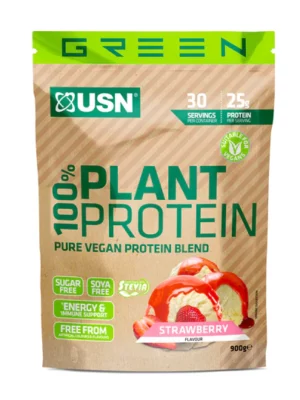 Express100% Plant Protein Strawberry (Pure Vegan Protein Blend)Product on saleAED125.00
Express100% Plant Protein Strawberry (Pure Vegan Protein Blend)Product on saleAED125.00 -
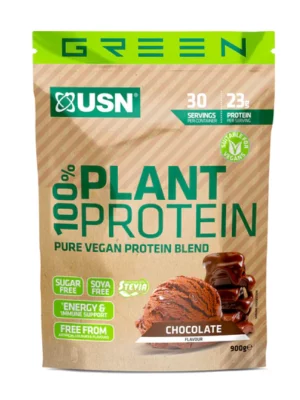 Express100% Plant Protein Chocolate (Pure Vegan Protein Blend)Product on saleAED125.00
Express100% Plant Protein Chocolate (Pure Vegan Protein Blend)Product on saleAED125.00
- Benefits and effects of Beta Alanine
- What are BCAAs and how do they fuel your fitness journey? A Comprehensive Guide
- “How to lose body fat -Top tips for successful fat loss”
- What are fats?
- What are Healthy Fats?
- What Is Protein & Benefits Of Protein
- USN Hyperbolic Mass vs. Fast Grow Anabolic Mass Gainers
- What Is Collagen? Health Benefits,Sources & Supplements
- What Is Plant Protein & Benefits Of Plant Protein




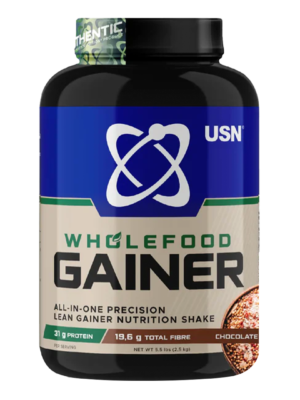


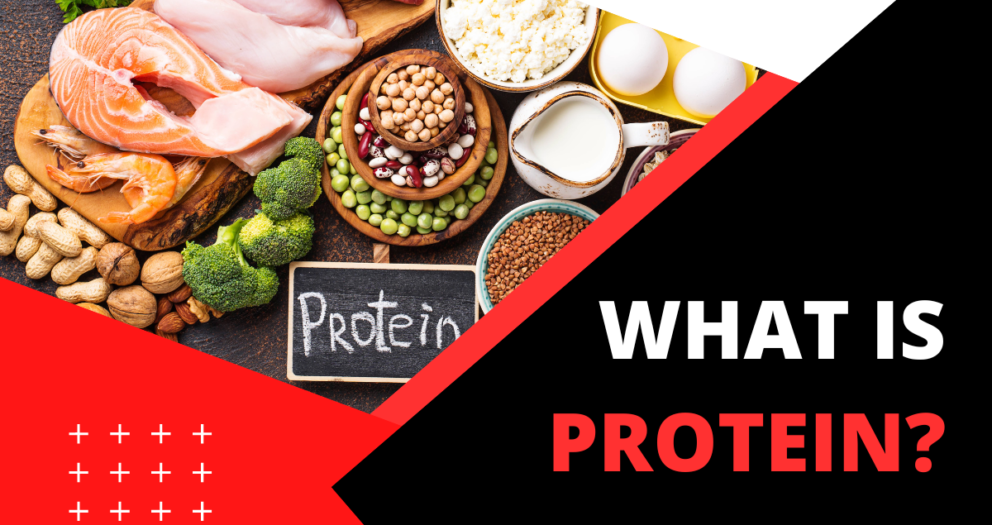
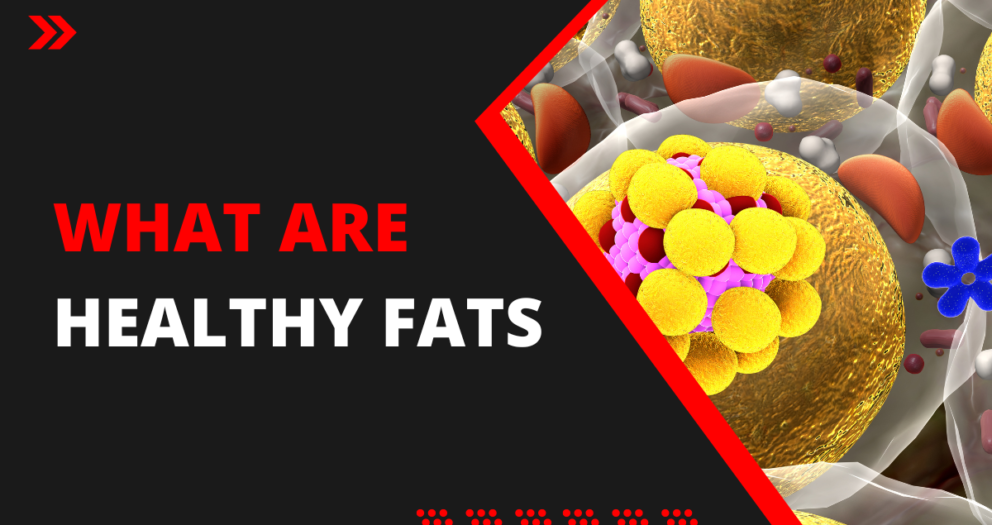

Leave a Reply